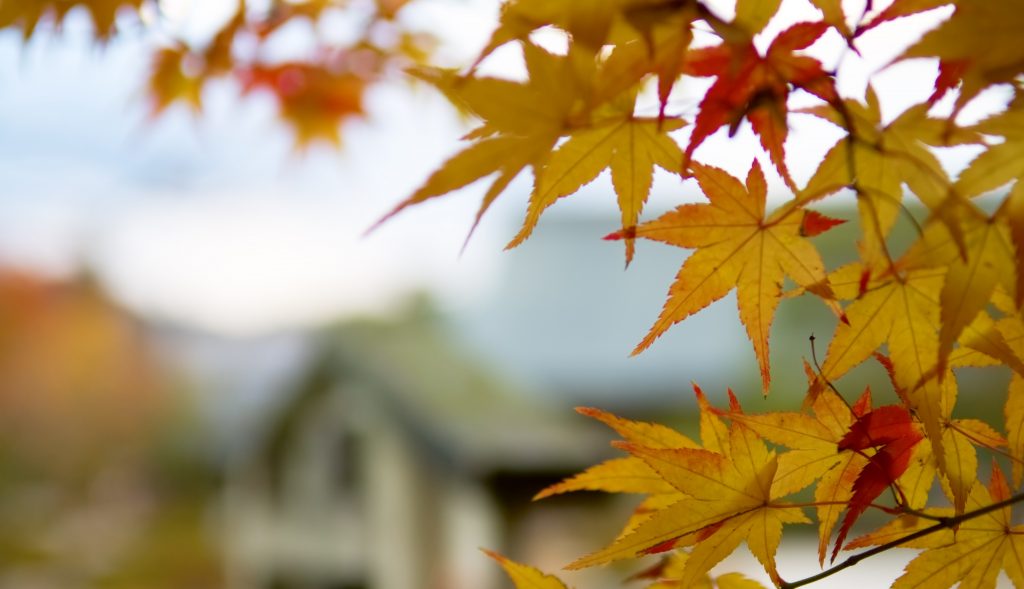Trees can fall ill from disease and infection just the same as any other living organism. In America, trees can be victim to several diseases; some of which have no treatment or cure. It is important to protect our trees from hazardous elements and harmful exposure; however, in nature, these things tend to take their own course no matter what. Continue reading to learn about the most common tree diseases known and seen in Indiana, and how to safeguard your property from these damaging ailments.
Heart Rot
Heart rot is a fungal condition that affects the integrity of a tree’s trunk, bark, branches, and structure. The disease attacks hardwood trees specifically, such as oaks, walnuts, ash trees, birch trees, poplars, and all other types of deciduous trees. It weakens and rots the bark from within; even more so in harsh weather and windy conditions. It creates a danger zone for anything surrounding the tree below. Heart rot has caused trees to tip, bend, and fall onto homes, cars, and other expensive assets. Some signs of Heart Rot include:
• Fungus Growth
• Protruding Mushroom Caps
• Leaning Tree Trunk
• Wood Decay
• Fungus Conks
• Mold
• Etc.
Healthy trees will naturally combat Heart Rot with a process called compartmentalization. In order to get healthy trees, routine maintenance is essential. Regular pruning, fertilizing, wound care, and more is vital to sustain a tree’s immunity. A local tree service company or technician can give you all the tips and advice you need for DIY tree maintenance.
Chestnut Blight
Chestnut Blight is a disease that affects the American Chestnut Tree. This tree was once one of the most important timber trees in early twentieth century society, until a devastating Chestnut Blight epidemic took effect. It wiped out nearly all of the Chestnut tree population in North America, leaving behind very few mature trees today. Chestnut Blight is a pathogenic fungal disease that enters through tree wounds and grows from within. Just like Heart Rot, it will eventually weaken and decay the bark; jeopardizing the structural integrity as a whole. Evidence of Chestnut Blight can include symptoms such as:
• Tree Cankers
• Callus Formations
• Swelling and Cracking of Bark
• Wilting Leaves
• Fallen Branches
• Browning Leaves
• Leaning Tree Trunk
• Wood Decay
• Discolored Tree Bark
• Etc.
Oak Wilt
Another common fungal disease that can kill trees is called Oak wilt. As the name describes, it only primarily species of Oak trees; however, it can harm other species of tree as well, but in a different way. Red Oaks have proven to be more susceptible to Oak Wilt than species of White Oaks. Examples of Red Oaks include Black, Red, and Northern Pin; while examples of White Oaks include Bur, White Stamp, and other round-leafed species. The disease is locally spread from infected trees to healthy ones by insects and plant roots. The infection causes the crowns of Oak trees to reduce and die. It also harms the bark, leaves, and tree branches. Signs of Oak Wilt include:
• Bronze-Colored Leaves
• Branch Loss
• Dead Crowns
• Leaf Wilting
• Discolored Vascular Tissues
• Brown Stains Under Bark
• Etc.
To reduce the likelihood of infected trees on your property, be sure to provide them with proper routine maintenance and care, year-round. Trees require checkups and upkeep just as we do. Recommended tree maintenance includes trimming, pruning, topping, fertilization, dead wooding, and more. It is best to consult a tree service company for professional advice and information on residential or commercial tree care.
Fishers Tree Service

Fishers Tree Service 317-537-9770
Call 317-537-9770 for affordable
tree service and disease control in Fishers, Indiana. We provide all residential and commercial tree services, including
stump grinding, lot clearing, tree removal, repairs, disease treatments, dead wooding, trimming, shaping, and more. And on top of our competitive prices, we offer even more savings with our monthly tree removal and
tree service coupons! Call 317-537-9770 for reputable and affordable
tree service and
tree disease treatment in
Fishers, IN and its surrounding neighborhoods.




